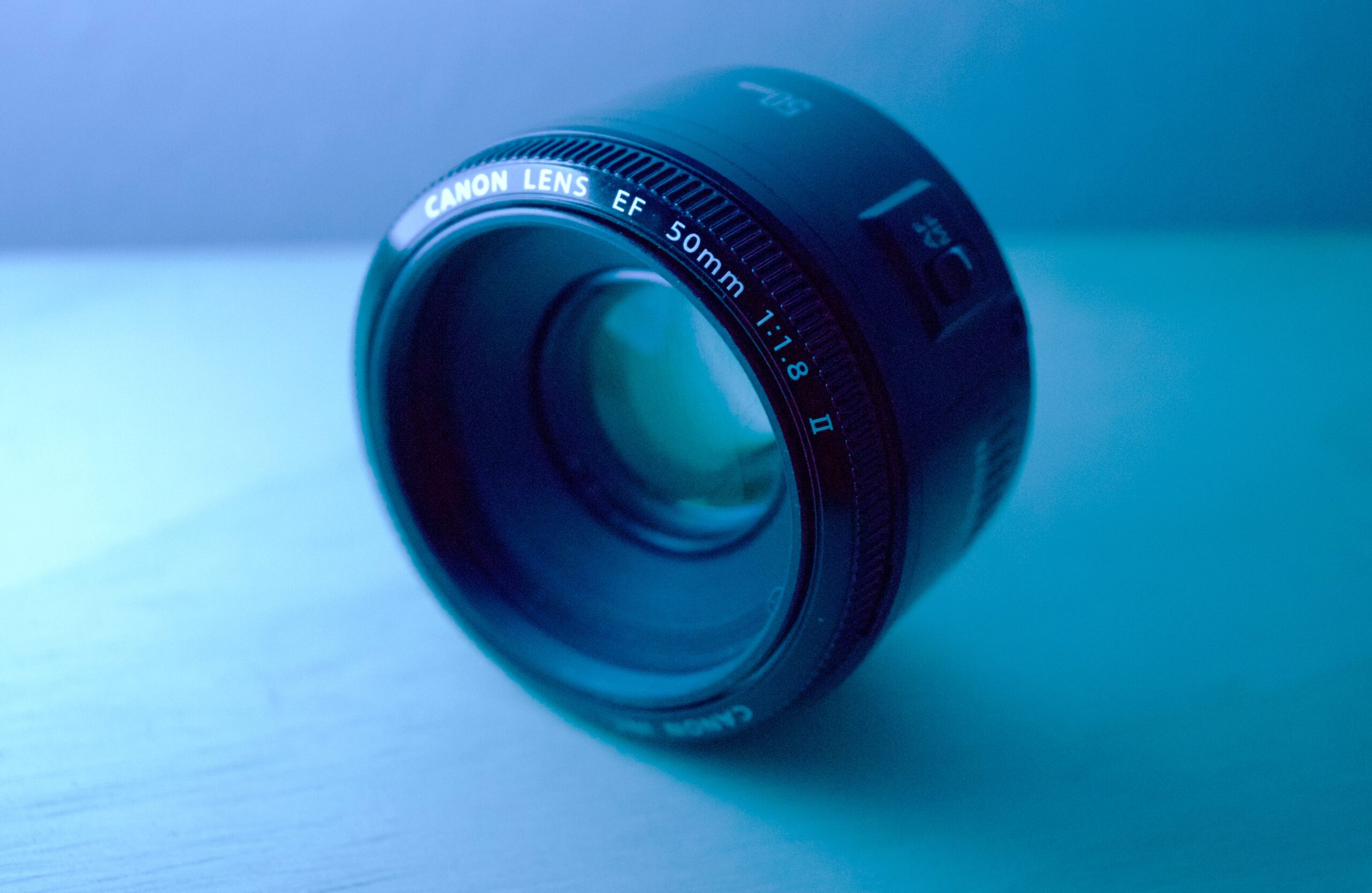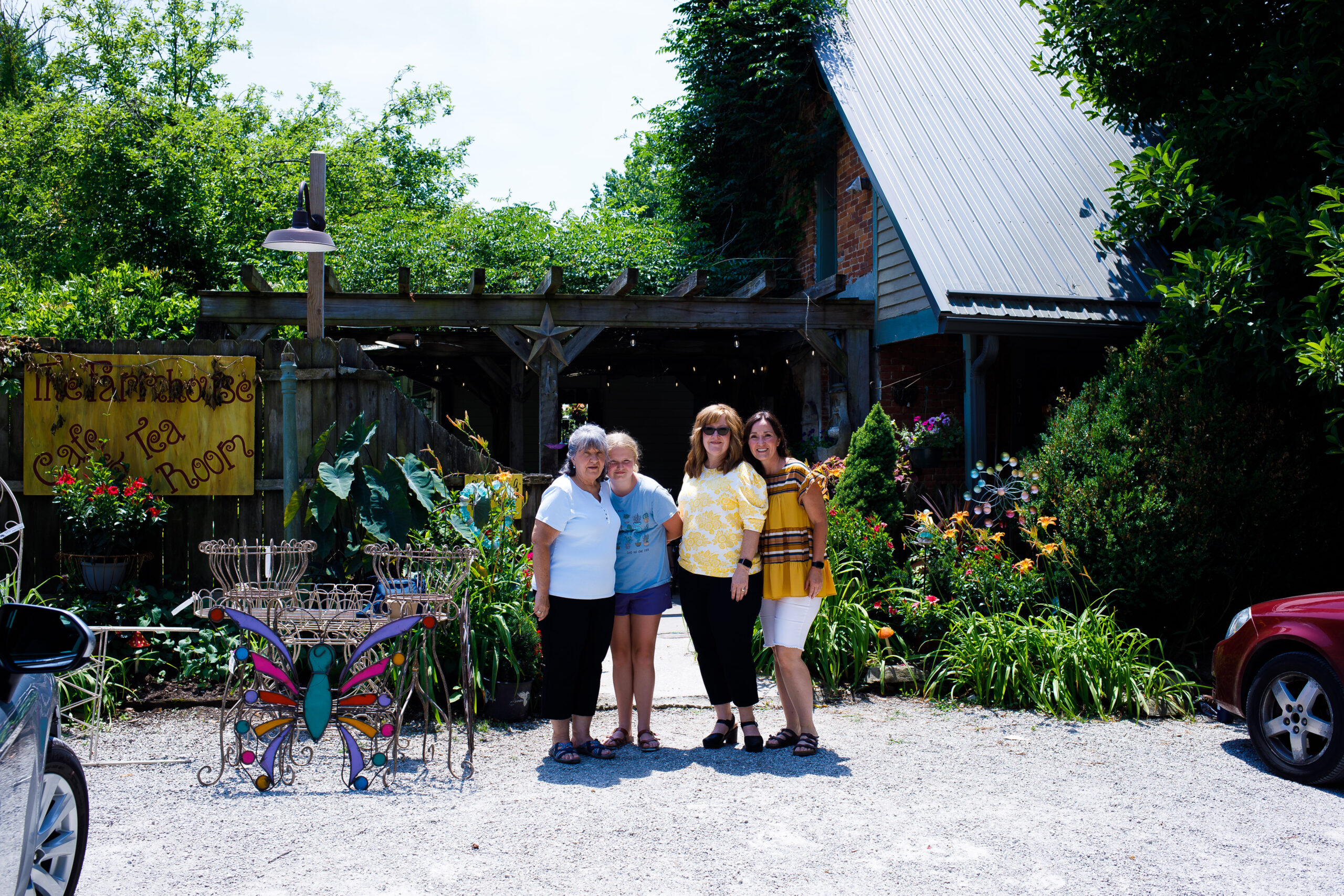January 24, 2022
If you’re in the market for a camera, you may be feeling overwhelmed by all the choices available to you. How do you know which camera is right for you? This camera buying guide will help make your decision easier. I’ll outline the different types of cameras available and what features to look for depending on your needs. So, whether you’re looking for a new DSLR or just want a little point-and-shoot to take on vacation, I have got you covered with Your Best Camera Buying Guide. Let’s get started!

Preserving memories through photography is one of my life’s joys. I hope that I can help you make the correct camera purchase so that photography can be one of your life’s joys, as well.
HOW WILL YOU USE YOUR CAMERA?
Do you plan on becoming a professional photographer? Vlogger? Photography just for fun? Need quality images for social media?
How you intend to approach photography and what images or video you intend to take will determine which camera you will want to buy.
Knowing The Basics of Photography will help you know which skills or features may be important for you to consider or not.
TYPES OF DIGITAL CAMERAS:
- SMARTPHONE CAMERAS
- POINT AND SHOOT CAMERAS
- DSLR CAMERAS
- MIRRORLESS CAMERAS
BUYING A DIGITAL CAMERA:
-WHAT GEAR DO YOU CURRENTLY OWN?

Photo by Jeff Hopper on Unsplash
If you own a lot of Canon products, for example—such as lenses—it is smart to stick with the Canon brand bodies so that you can continue to use your lenses. It is important to make that notation: you can not swap lenses and bodies. If I have a Canon camera body, I cannot put a Nikon adapted lens on that camera.
Or, if you own studio lighting, you will need a professional camera to sync those lights with.
If you do not own any gear, you get to start fresh! That is kind of exciting with all of the amazing technology that exists today.
-BUY A USED DIGITAL CAMERA FIRST
If you intend to become a beginning professional photographer, I would highly recommend that you start by buying a used professional camera first. You can find quality used cameras from reputable stores like Adorama and B&H.
The reason that I suggest this is because a professional DSLR comes with so many features and bells and whistles that you are going to have a huge learning curve when you get it. You don’t just point and shoot. A professional DSLR is a very sophisticated computer.
I owned multiple used DSLR’s before investing in my most recent cameras. As I learned what each feature did and why I needed them, as my own photography advanced, I could move on to learning more advanced techniques with my camera; thus, justifying the purchase of a brand new camera, when I did.
I look back and realize that I would have wasted a lot of money if I had bought those cameras brand new. It would be like owning a Jaguar convertible while not having your drivers license.
Technology is quickly outdated and it made more sense for me to buy brand new cameras when I had a more advanced understanding of the cameras capabilities. That way, I was getting the most bang for my buck and able to fully utilize all of the camera’s features before it was outdated by the next new technological advancement.
It would be like owning a Jaguar convertible while not having your drivers license.
BEST CAMERAS FOR BEGINNERS
SMARTPHONE CAMERAS:
Honestly, if you are just wanting to do photography for fun or solely for social media, upgrading your smartphone to one with the latest camera advancements is a good place to start. All you need are a few tools to turn your phone into a very adequate camera!
If you chose to use your phone as your camera of choice, these are some of the items that I would recommend having to push your images and videos to works of art:
- A very versatile tripod
- A gimbal
- Smartphone lenses (this is where the magic is)
Below are the products for my phone that I use and / or recommend:
This is the exact gimbal and tripod that I own. My review of the two are:
First, what is a gimbal? A gimbal allows you to hold your phone and record videos very smoothly. It cuts out all of the shakiness that videos have when they are handheld.
This particular gimbal is great, however, when I have a lens attached to my phone, the gimbal seems to have a hard time balancing the weight and my videos can look just a wee bit crooked.
This tripod is wonderful. I love that the legs can be molded to fit a variety of situations. It is small and versatile and can fit in your purse or backpack or be strapped to a fanny pack and such. I would highly recommend having a tall tripod, as well, for times that you need it to be stationed on the floor versus a table top.
Included is a standard tripod that holds smartphones, in this list. I like all of the features of this tripod, but I especially like that it has the handle on it. In my studio, I have three tripods and I love the one that has a handle for videos. You can turn the head of the tripod with this to smoothly pan your camera.
SMARTPHONE LENSES
As for smartphone lenses, I have bought all of my lenses through Sandmarc. There is not a link for any of the lenses that I own, however, they have such a huge variety of gear on their website, you will enjoy shopping the Sandmarc website as a whole.
I had a variety of lenses for my last iPhone; but, I handed those lenses down to my son when I upgraded my phone, though. I now own the anamorphic lens used for cinematic style videography for my current phone. Below are videos that I shot with my anamorphic lens on my phone. The first video was shot with the gimbal and the second was not.
If you would like something a bit more robust, but light enough to drop into your purse or fanny pack, a Point and Shoot camera is a great option.
If you would like to get into Vlogging, a mid-range camera with video capabilities is going to be your best friend.
And, the skies are the limit with professional cameras. You can shop from $1,000 to $20k+ based on what level you want to go with.
POINT AND SHOOT CAMERAS:
A point and shoot camera is a very small, compact camera that is easy to use with a built in lens. The lens can be stationary or it may even zoom, but it cannot be changed out for other lenses. It is a fully automatic camera in that you have creative choice in telling it the environment that you are in (night time, portrait, action, etc), but it does the rest.
The quality of the images have improved greatly with these cameras, but they are still very basic in their features and they do not allow you as much creative leeway as DSLR’s.
THE POLAROID:
Another type of point and shoot camera that has even less features on it, but that is super fun is the Polaroid camera. I just bought one to product test and I am having great fun playing with it and going down memory lane to those days in the 80’s when this was THE camera! The only downside of this camera (and the woes that we were inflicted with back in the day) is the need to buy film…and lots of it!
This is the polaroid camera that I have been playing with. It did not come with film. So, I had to buy that separately, unfortunately. I think that any camera like this should come with film so that you can play with it as soon as you unbox it.
This camera has an itty-bitty mirror on it so that you can turn it around and take a selfie with it, however, you can only do it from arms length; it does not have a timer to allow you to sit it down and shoot further away.
Still, a lot of great fun, though!
I found this Polaroid camera online and half wish that I had bought this one instead. It is only approximately $50 more and it has so many features that would allow you to set the camera on a tripod and create images while being further than arms length away from the lens.
Polaroid cameras are an especially fun option for bridal showers, baby showers, parties, young children and teenagers, weddings and more!
BENEFITS OF THIS CAMERA:
- Very low price
- Small and compact
- Records video
BENEFITS OF THIS CAMERA:
- Low price
- High quality images
- 4K Video
- WiFi capabilities
BENEFITS OF THIS CAMERA:
- Still under $1,000
- Cute look of camera
- High quality images
- Macro photography abilities
- WiFi and Bluetooth capabilities
BENEFITS OF THIS CAMERA:
- Still under $1,000
- High quality images
- 4K video
- Can use for Livestream and webcam
- Great for vlogging uses
DSLR CAMERAS:
A DSLR camera stands for Digital Single-Lens Reflex Camera. It is digital, clearly. The remainder refers to parts, pieces or guts of the camera. This camera is shooting with a mirror that reflects the image into the viewfinder for the photographer to see. These cameras used to be very expensive and very difficult to get your hands on. That is just not so anymore. And, with that, so many more people have moved into the profession of photography.
As for brands, personally, I use Canon products.
Back in the day, long, long ago, I used a Nikon film camera, but Canon was the first company to sell DSLR cameras that I could get my hands on. So, I had invested quite a bit of money into Canon lenses by the time that other brands came out with their DSLR’s. And, once you invest in lenses, it is very hard to switch camera brand bodies because you will have to buy all new lenses for that particular brand. Depending on how much you already have invested, that just may not be feasible—as was my situation.
Canon is a spectacular company. I am not sorry that I am a Canon photographer; however, I do love the color that comes from Nikon cameras. I can typically recognize a Nikon image just because of the rich color quality.
Canon and Nikon are the two top brands, in my opinion. However, there are some great cameras coming from other companies, as well.
BENEFITS OF THIS CAMERA:
- Under $1,000
- High quality images
- Can be used as a webcam
- Considered a “professional” camera (which I would consider a very *entry level* or *basic* “professional” camera)
- Uses Canon lenses
- I like that it has a flip/adjustable screen on the back.
- 4K Video
- WiFi and Bluetooth capabilities
- Unable to tell if it shoots just JPEG or if it shoots RAW, too.
BENEFITS OF THIS CAMERA:
- Under $1,000
- High quality images
- Uses Nikon lenses
- Display on back has Live View (meaning: you can take pics without putting your eye up to camera)
- Has Bluetooth capabilities
- This price includes an entire package of equipment, such as: tripod, cards, flash, bag and more!
- I cannot tell if this camera shoots in just JPEG or if it shoots RAW, as well.
BENEFITS OF THIS CAMERA:
- While this package does not include a lens, there is still a lot in this package to get you started. You would just need to buy a lens separately.
- High quality images
- Uses Nikon lenses
- 4K Video
- Can be used with wireless lighting
- Wifi and Bluetooth capabilities
- Great low light capabilities
BENEFITS OF THIS CAMERA: I have two of these cameras and one (used) 70D and I love all of them
- High quality images
- 4K Video
- Interchangeable lenses
- Can be used with studio lighting
- Wifi and Bluetooth capabilities
- Great low light capabilities
- Numerous built in features
- Dual card slots so that you are backing up images while you shoot
- Full frame sensor
- Can record JPEG and RAW to two different cards simultaneously
BENEFITS OF THIS CAMERA: (Better be a lot for that price tag!)
- Despite the price, this is a bundle with a very expensive lens and other useful tools
- 16 fps – this means that when you click the button, within 1 second it can shoot 16 images. This makes this an extraordinary camera for catching sports action and wildlife action
- High quality images
- Shoots JPEG and RAW
- 4K Video
- Built in GPS to tag images
- Two separate card slots so that images can be backed up in camera
MIRRORLESS CAMERAS:
This is an area that is very foreign to me. Mirrorless cameras were new on the market a few years ago. And, despite the buzz, I was just not ready to invest. They were rather expensive and, at the time, you had to buy all new lenses that were specifically for mirrorless cameras. I was not in a position to buy all new gear.
However, it appears that they have made products that can adapt a DSLR lens for mirrorless cameras. If so, I may be interested in adding one to my camera family.
And, if I really wanted to make an investment, I may just go with a different brand than Canon to expand my equipment.
My understanding, from hearing from photographers who use mirrorless cameras, is that they are:
- VERY LIGHT AND EASY TO PACK (especially nice for vacations and sightseeing)
- EXTREMELY TACK SHARP IMAGES
THE MOST IMPORTANT BUYING ADVICE I CAN OFFER:
I am about to tell you the most important thing that I can. Stubbornly, I was given this advice early on, but did not really heed it like I should have; note: this advice really only pertains to the DSLR and Mirrorless cameras.
Invest in glass and not the camera body, to begin with. Whoaaa…what is glass? That is what the photography world calls lenses.
If you are starting out, buy the camera body that you can afford–or that will do the job that you are trying to do, for now. Then, spend your money on the very best lenses that you can buy.
You can have a super expensive camera body and one or two low end lenses and get low end images out of the pair. But, you can own a beginners camera body with some high end lenses and get some really extraordinary images!
MORE LENSES EQUALS MORE “LOOKS”
Too, you will want some variety in your lenses so that you can get many looks from the same camera body.
In addition, another plus in doing this is that your lenses will grow with you through many camera bodies. So, I see lenses as the true investment, whereas, you are losing your money on bodies. Amazingly, I have gone through four camera bodies over the years, but used all of the same lenses with those bodies and added more lenses to the family.
IN CONCLUSION:
This post, Your Best Camera Buying Guide, has covered a lot of camera buying basics, but there are many other important considerations to take into account when deciding which type of camera is best for you. Make sure you have the right gear for your needs by reading my blog where I cover photography tips and tricks. Whether you’re interested in portraits or landscapes, these articles will give you insider knowledge on how to get those perfect shots every time! If this sounds like something that interests and excites you (and if not, why even read about cameras, right?) make sure to subscribe so I can keep providing new content on all things photography-related.
*This post does include links that would earn me a small commission if you made any purchases through the link. The products would not cost you any additional money to buy through the links, however.
SHARE TO PINTEREST USING THE FOLLOWING PINNABLE IMAGES!










[…] And, if you are in the market to buy a new camera, check out my post YOUR BEST CAMERA BUYING GUIDE. […]
Comments